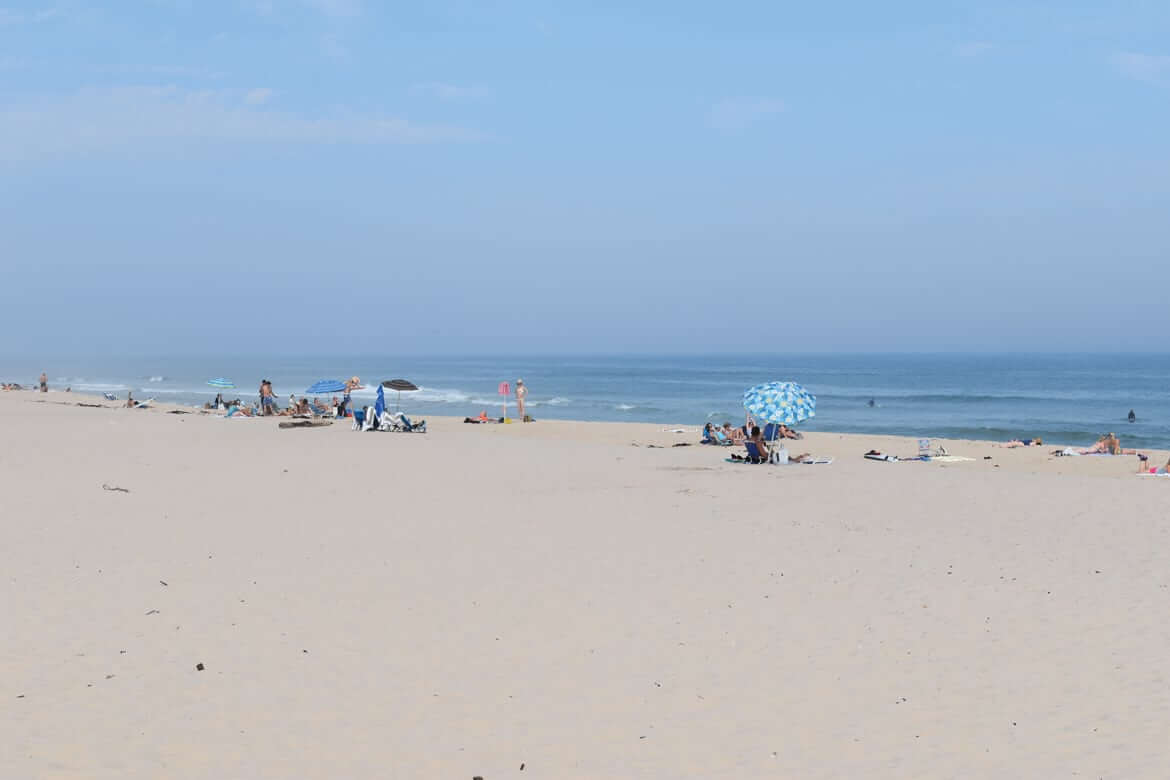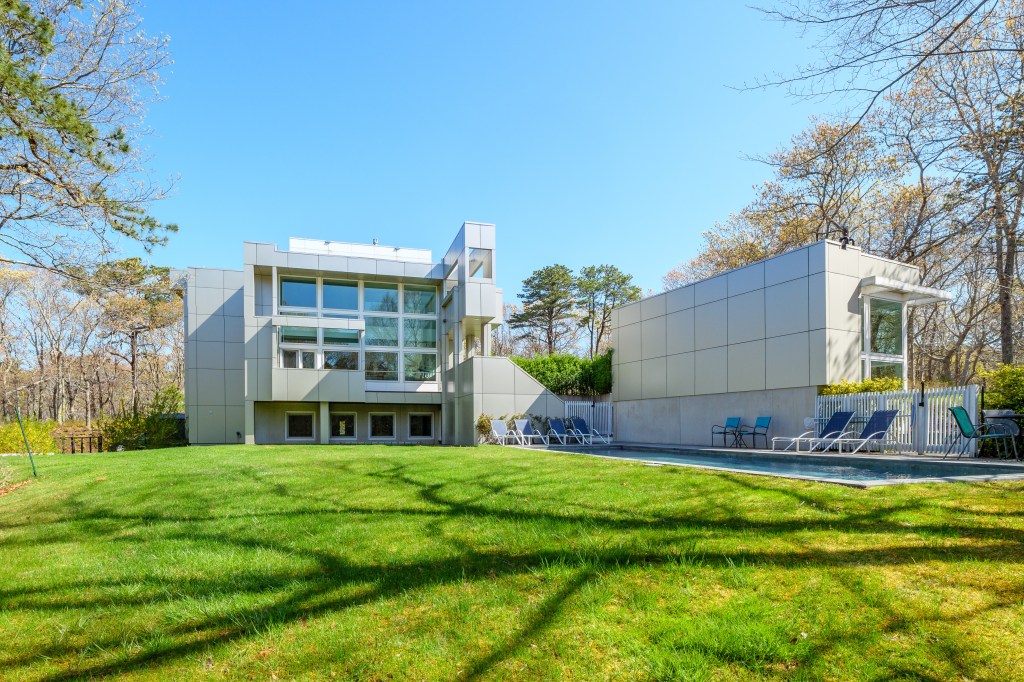Beach Restoration Project A Success

Five years ago, heavy equipment rolled up and down the Atlantic Ocean Beach from Water Mill to Sagaponack as an ocean dredge worked overtime on a $25.5 million project to restore the six-mile stretch.
Halfway through its projected 10-year life expectancy, the beach restoration venture has been a resounding success. Today, what had been a thin stretch of badly eroded beach is a wide expanse of sand with healthy dunes behind it and substantial sand bars just offshore adding another layer of protection.
“The performance has far exceeded our expectations,” said Aram Terchunian of First Coastal Corporation, whose firm managed the project, which was designed by Coastal Science and Engineering of South Carolina.
This month, the American Shore and Beach Restoration Association gave the project an award as one of its “Best Restored Beaches of 2018.” The association is the oldest beach preservation society in the United States. It was founded in 1926 to work on the restoration of the beach at Coney Island, the first such project in the country.
The project was honored because it was a public-private partnership with no state or federal funding, increased flood and erosion protection, enhanced habitat for piping plovers and least terns, increased recreational beach area, and has stood the test of time.
During the restoration, more than 2.5 million cubic yards of sand was pumped onto the beach. A survey undertaken in early July a year ago revealed that virtually all of that sand — and even a little bit more — has remained in place over the past five years, while eight to 10 cubic yards of sand have accrued along the dune every linear foot, Terchunian said.
Homeowners who live along the beach footed 95 percent of the cost, while the town chipped in the remaining five percent.
“The hallmarks of a successful project are a wide, stable beach where nobody can tell it’s been restored and you see important natural features reassert themselves,” said Terchunian, noting that both the dunes and sand bars are much healthier than they were before the restoration was undertaken.
Still, he acknowledged that luck has played a role, noting that the East End has largely been spared from the kind of storms that can lay waste to even the healthiest beaches.
“In the beach restoration business, you do the very best you can and then you cross your fingers,” Terchunian said. “You have to remember that nature bats last.”
sjkotz@indyeastend.com



